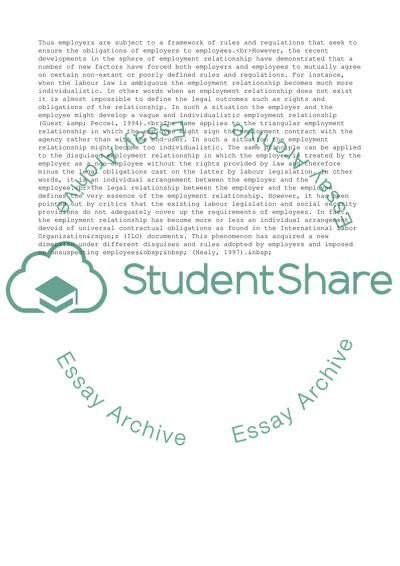Cite this document
(To What Extent Is The Employment Relationship Becoming More Individual Essay - 1, n.d.)
To What Extent Is The Employment Relationship Becoming More Individual Essay - 1. Retrieved from https://studentshare.org/management/1730255-to-what-extent-is-the-employment-relationship-becoming-more-individualistic
To What Extent Is The Employment Relationship Becoming More Individual Essay - 1. Retrieved from https://studentshare.org/management/1730255-to-what-extent-is-the-employment-relationship-becoming-more-individualistic
(To What Extent Is The Employment Relationship Becoming More Individual Essay - 1)
To What Extent Is The Employment Relationship Becoming More Individual Essay - 1. https://studentshare.org/management/1730255-to-what-extent-is-the-employment-relationship-becoming-more-individualistic.
To What Extent Is The Employment Relationship Becoming More Individual Essay - 1. https://studentshare.org/management/1730255-to-what-extent-is-the-employment-relationship-becoming-more-individualistic.
“To What Extent Is The Employment Relationship Becoming More Individual Essay - 1”, n.d. https://studentshare.org/management/1730255-to-what-extent-is-the-employment-relationship-becoming-more-individualistic.


